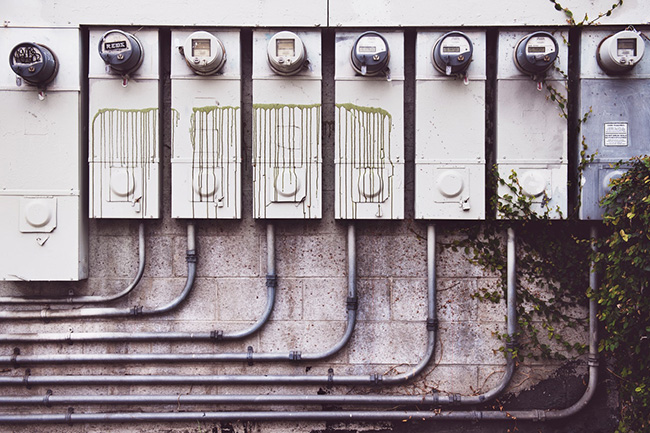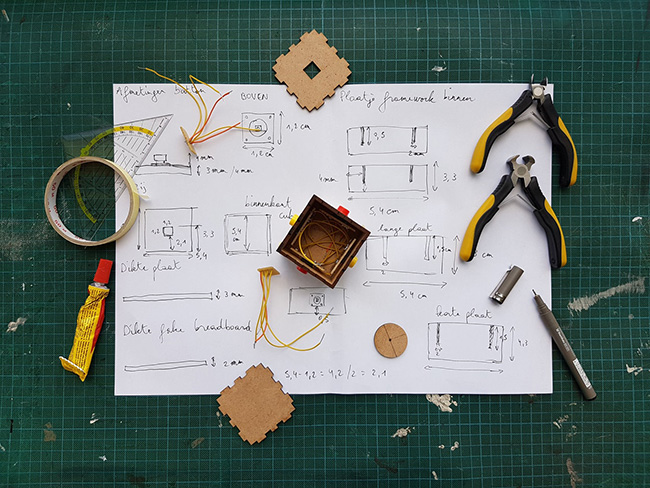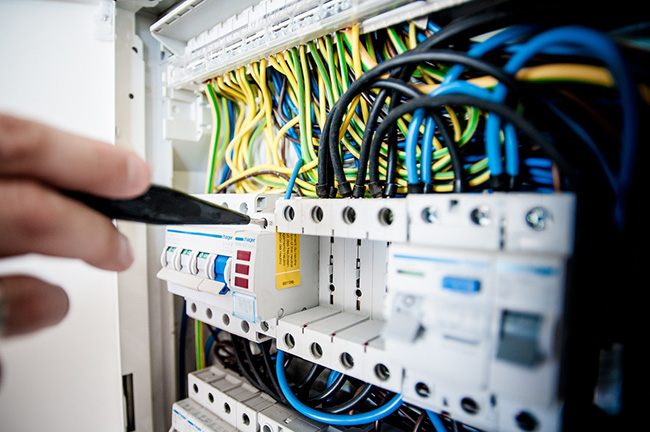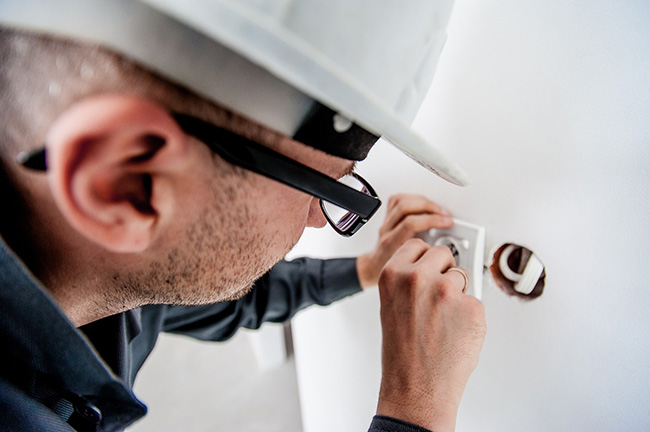
Electrical Maintenance for Your Business
March 29, 2019
Network Cable Installations
April 4, 2019
Building things you can use on an everyday basis sounds like fun and quite the useful skill. Before you can become an expert though, you first need to introduce yourself to the basics of electrical design.
It’s also very important to understand that the purpose of electronics is to get electricity to do useful things that directly benefit people and industries. So, here’s a short introduction to electrical installation design.
The Basic Concepts in Electronics
To understand electrical design as a whole, it’s crucial to start with the basics. The basic concepts and measurements in electronics are:
- Resistance – measured in Ohms
- Voltage – measured in Volts
- Current – measured in Amps and refers to the electric charge that the electrons carry
- Schematics or schematic diagrams – these tell you how to properly connect the right components to make the wanted circuit
- Electric charge – can be positive and negative, depending on the two types of particles: protons and electrons
- Electric circuit – a closed loop made of all the necessary electrical components and elements to make sure that the electric current can flow
Basic Electronic Components

The most basic components that are most commonly used within electrical design are:
- Resistors – resist the current
- Capacitors – serve as batteries with a low capacity
- LEDs – small lights
- Transistors – electronic switches
- Inductors – let direct currents (DC) flow while resisting alternating currents (AC)
- Integrated circuits
- Diodes – conduct current in one direction
- Conductors – let the current flow easily
- Insulators – don’t let the current flow easily
Now that you know the basic electrical design details, it’s best to do your own research on both the concepts and components of electronics so that you can get a useful insight before you move on to the next step: building circuits.
Electric Circuits
Electric circuits are the very foundation of every electrical installation and design. To control the current and let it flow freely, you need a closed loop made of all the necessary electrical elements and components like conductors.
Basically, every electrical device you have in your home or workplace is some form of an electric circuit. To make a simple electric circuit like a lamp in your home, you need three basic elements:
- Battery
- Lamp
- Wire to connect the two
Even though there are extremely complex circuits that consist of thousands, even millions of individual elements and separate components, all these elements need to be connected with conductors in an organized and precise way so that the circuit can fulfill its purpose.
Circuits can also be connected to each other in the same way, but all of them must obey the basic principle: no circuit can work properly if it isn’t a closed loop.
This is all extremely introductory, but it does give you an insight into the world of electrical design. For more advanced assistance, reach out to MSC Electrical today!
